What are there different approaches to create the flap and why does there need to be a flap?
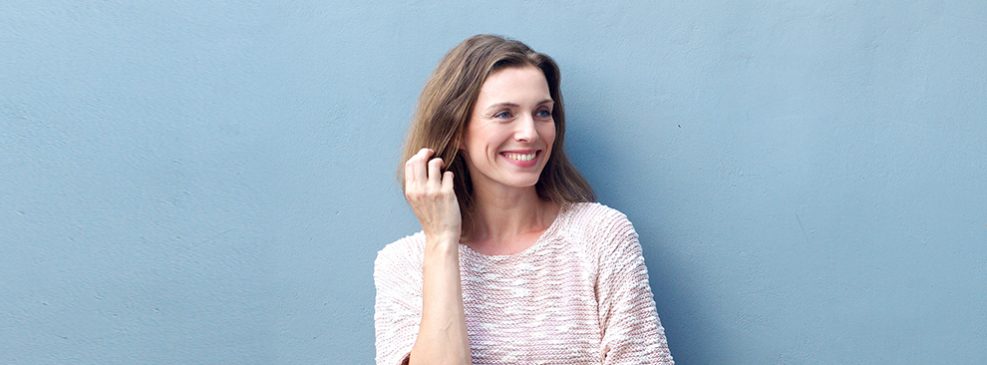
Dr. Christoph Kranemann discusses the different approaches to create the flap during custom bladeless LASIK and explains why there needs to be a flap.
Christoph Kranemann: Laser vision correction has been around for quite some time; in that time, it has evolved.
The very original idea was just merely to reshape the cornea. Now the cornea’s covered by a layer called epithelium which replenishes itself. So that has to be moved out of the way. With the very original approach called PRK, the epithelium was at least stripped off and then had to regrow. The issue was that as the surface layer regrew, it would respond and alter the shape by itself. This change in form would make any of the super-fine accuracies and specialised treatments like presbyopia corrections, less long-lasting. The other issue was that it took longer to heal, and it can take up to three months of things to settle in.
So along came the idea to create what we call the flap. The flap is essentially an invisible layer that we can lift up and do the treatment within the inner-substance of the cornea before repositioning it. That gives much faster healing and much quicker visual recovery. It does not get the same kind of response of that surface layer, so the more precise minutia of the treatment is permissible and have a long-lasting effect. Such a flap was historically created with a blade. Of course, the eye had to be stabilised with a fair bit of pressure to hold it steady and still. The early device used would cause the vision to blackout for a few seconds because of the pressure put on the eye.
Fortunately, technology has evolved, because not all of us like the idea of having the vision blackout, albeit for three to five seconds. Lasers came along to make the creation of that flap more precise and make it more in three-dimensions. However, the first lasers for the flap still exerted a lot of pressure and involved flattening the cornea, rather than maintaining its natural shape.
As things improved further, we now have a laser cutter that follows the natural shape and curve of the cornea, so there’s no flattening involved. Because of this, there’s only minimal pressure, and it does not include any blackout division at any point in time. It requires very minimal energy to create that flap. This is the least traumatic and most precise way to create a flap, and I firmly believe that is the way I’d want to have my own flap created to minimise any possible downside.
For near-sighted patients, there is the option to avoid the flap altogether. If you think of the cornea as something almost akin to a sandwich, you have a tough top layer, a tough back layer and a softer layer in-between. The tough layers have the nerves. Cutting the nerves contributes to the transient dryness afterwards. There is a way to maintain these front and back layers, and the vast majority of the nerves, by merely reshaping the cornea through the inner layers of the eye. Using the same lasers used to create a flap, we can make a small site opening without touching the important structures in the cornea or disrupting nerves. By all accounts, this would be a less traumatic approach.
Such correction is currently not available for far-sightedness, but it’s possible for near-sightedness as well as astigmatism. Depending on the shape of your cornea and the optical imperfections in that cornea, that treatment can also achieve a very similar effect to what PRESBYOND can achieve.
Depending on your optical imperfections, we may offer you PRESBYOND or SMILE with a PRESBYOND kind of outcome. Your options depend on the unique characteristics of your eye at this point in time.
The presbyopic patient has a drier eye, so that affects the initial recovery. The ReLEx patients, at least in our experience, seem to be less bothered by it. They still get a dry eye, but they’re less bothered. If the cornea already has the right kind of aberrations, that will help you with the depth of field. This is because those aberrations aren’t altered as much, with ReLEx as they are with LASIK. You don’t need all that extra depth of field correction with SMILE. So I actually would prefer, if the cornea is the right kind of cornea, I prefer to do SMILE than LASIK, because it’s just a less traumatic approach.
About the Author
Dr. Christoph Kranemann
Medical Director MD, FRCS (c), DABO, Ophthalmologist
As one of North America’s leading Lasik eye surgeons. Dr. Kranemann’s goal is to understand exactly what patients want from their vision. With this information, Dr. Kranemann can provide the most advanced vision correction option available to meet your lifestyle goals.

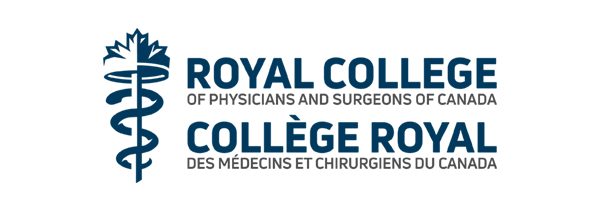
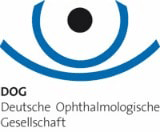
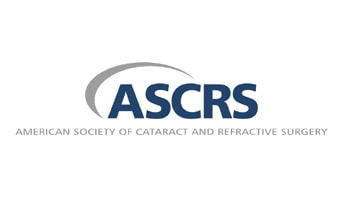

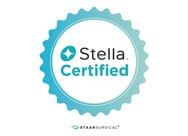


Leave A Comment